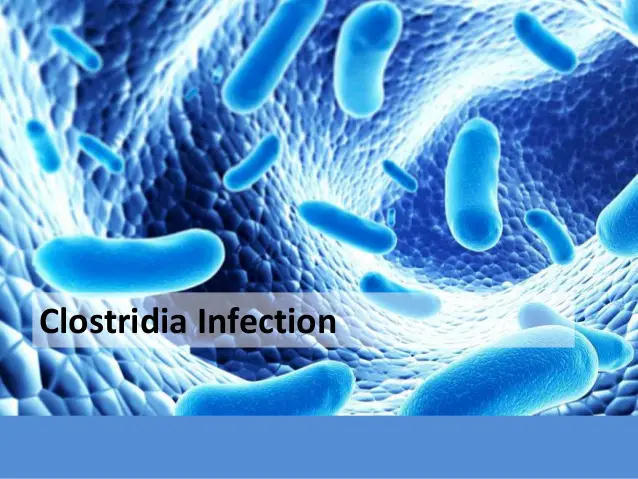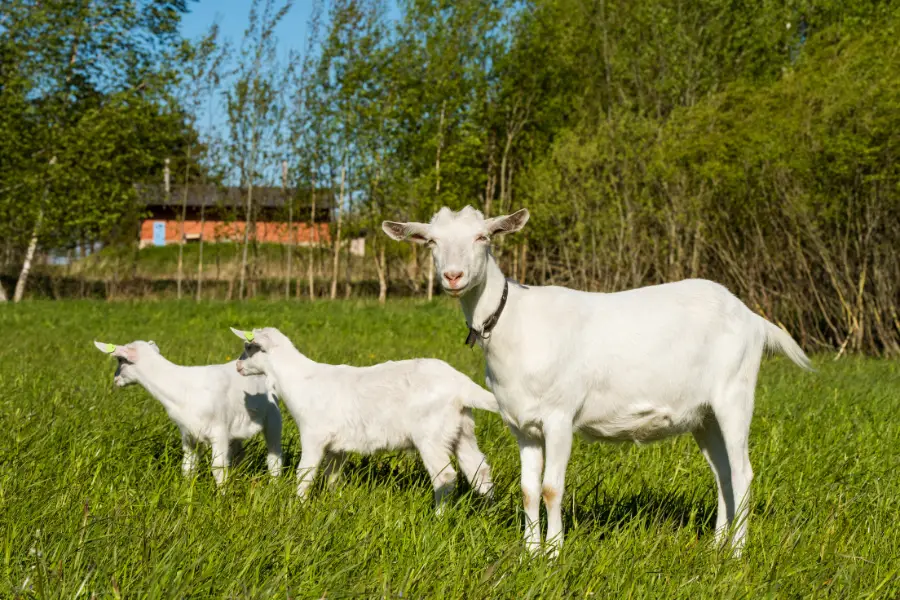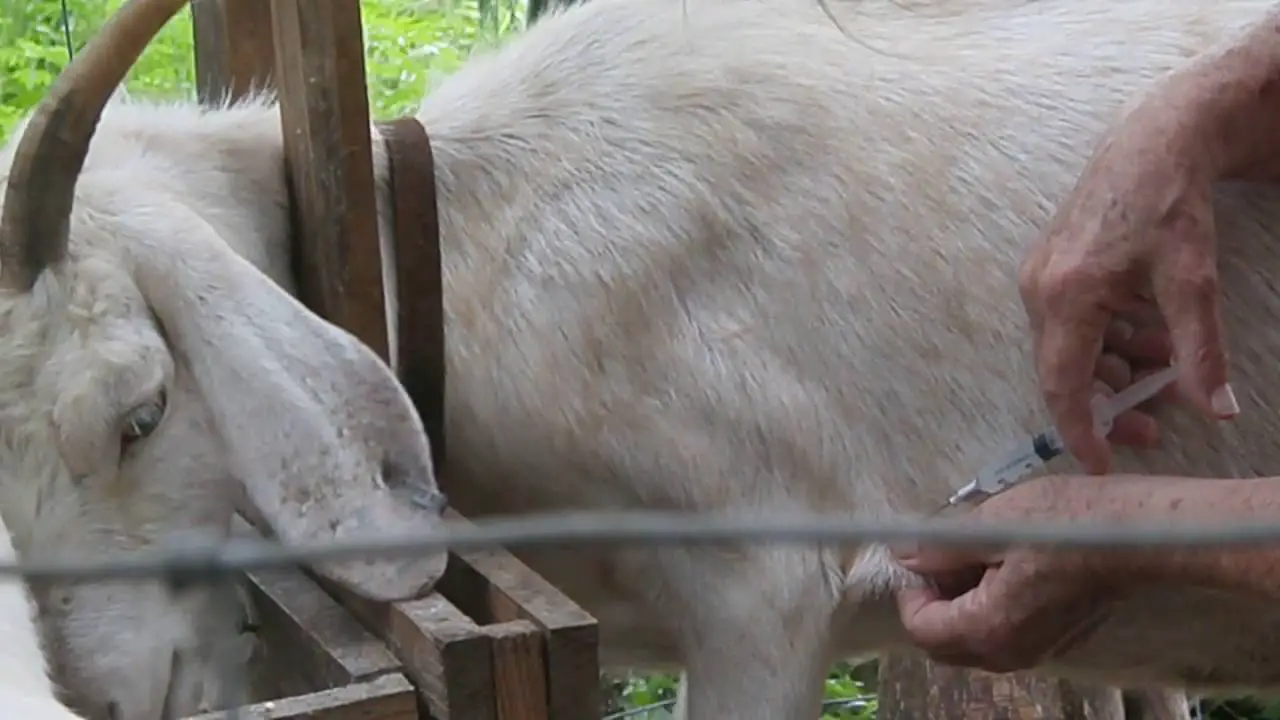Immunization plays a critical role in the health and wellbeing of livestock, and goats are no exception. For goats, the Clostridium Perfringens Types C and D and Tetanus (CDT) vaccine is one of the most crucial vaccines in the herd health program. This article provides a comprehensive guide to the CDT vaccine for goats, covering what it is, why it’s important, when it should be administered, and the potential side effects to watch out for.
Table of contents
- The Invention of the CDT Vaccine: A Significant Step for Livestock Health
- What is the CDT Vaccine?
- The Importance of the CDT Vaccine
- When to Administer the CDT Vaccine
- Possible Side Effects
- The Use of the CDT Vaccine for Goats in Different Regions of the World
- CDT Vaccine Adoption Can Be Improved
- Video: Official OSU Video How to Give Shots to Goats
- Conclusion
- FAQs
The Invention of the CDT Vaccine: A Significant Step for Livestock Health
The development of the CDT vaccine was a significant step forward in animal health and is part of the broader history of veterinary medicine and bacteriology. It is challenging to pinpoint the exact date of its invention, as it evolved over a period of time, with research and development building upon previous discoveries.
Clostridium Vaccines: A Historical Perspective
Clostridium bacteria have been known to cause disease in humans and animals for centuries. The first successful Clostridium vaccine was for tetanus and was developed in the early 20th century by Albert Calmette, a student of Louis Pasteur.
However, it wasn’t until the 1940s and 1950s that veterinary scientists started to successfully isolate, culture, and classify various types of Clostridium bacteria, including Clostridium perfringens types C and D, which are harmful to livestock. This crucial work enabled the development of the first monovalent vaccines (vaccines that protect against a single strain of a single pathogen).

The Development of Multivalent Vaccines
While these monovalent vaccines were a significant advancement, they had limitations. Notably, administering multiple individual vaccines was time-consuming and expensive, especially in large herds.
Scientists and pharmaceutical companies began developing multivalent vaccines, which could protect against multiple pathogens or strains with a single injection. The CDT vaccine is a prime example of a multivalent vaccine, protecting against Clostridium perfringens types C and D, and tetanus.
It’s challenging to attribute the development of the CDT vaccine to a single individual or point in time. Instead, it’s more accurate to say it was the result of the collective work of many veterinary scientists and researchers, building on the foundational discoveries of pioneers like Pasteur and Calmette.
CDT Vaccine Today
Today, the CDT vaccine is an essential tool in maintaining the health and welfare of goats and other ruminants. The development and widespread use of the CDT vaccine have significantly reduced the instances of tetanus and Enterotoxemia, improving the overall health of these animals and greatly reducing losses in livestock production due to these diseases.
What is the CDT Vaccine?
The CDT vaccine is a preventative measure against three potentially deadly diseases that can afflict goats: Clostridium perfringens type C, Clostridium perfringens type D, and Tetanus (Clostridium tetani). The vaccine works by stimulating the goat’s immune system to produce antibodies against these diseases, thus providing future protection if the goat encounters the actual diseases.
Clostridium perfringens types C and D are bacteria that cause Enterotoxemia, often known as overeating disease, in goats. This disease is typically triggered by changes in diet that lead to rapid multiplication of bacteria, producing harmful toxins in the process. Symptoms include sudden death, loss of appetite, abdominal pain, diarrhea, and neurological abnormalities.
Tetanus, also caused by a type of Clostridium bacteria, typically enters the body through wounds, releasing toxins that affect the nervous system. Symptoms of Tetanus in goats include stiffness, “sawhorse” stance, inability to eat or drink, and in severe cases, death.
The Importance of the CDT Vaccine
The CDT vaccine is a critical tool for maintaining the health and wellbeing of your goat herd. Enterotoxemia and tetanus can be deadly, and given the ease with which these diseases can spread, prevention is far preferable to treatment.
The costs associated with treating these diseases, both in terms of veterinary bills and potential loss of animals, make the CDT vaccine a sound financial investment for any goat owner. Moreover, ensuring your herd is vaccinated also contributes to the overall health status of the wider goat population by reducing the reservoirs of these diseases.

When to Administer the CDT Vaccine
Ideally, the CDT vaccine should be administered well before the goats are exposed to any risk factors for the diseases it protects against. For kids, the first dose is typically given at 6-8 weeks of age, followed by a booster dose 3-4 weeks later. After that, annual boosters are recommended for maintaining the goat’s immunity.
Pregnant does should also receive a booster 2-4 weeks before giving birth. This timing ensures high levels of maternal antibodies in the colostrum, providing the newborn kids with passive immunity during their first weeks of life.
Possible Side Effects
As with any vaccine, the CDT vaccine can occasionally cause side effects. Common reactions include mild fever, sluggishness, and swelling or soreness at the injection site. These symptoms usually resolve on their own within a few days.
Rarely, anaphylaxis, a severe allergic reaction, can occur. Symptoms include difficulty breathing, rapid heart rate, and collapse. This is a veterinary emergency and requires immediate attention.
The Use of the CDT Vaccine for Goats in Different Regions of the World
The Clostridium Perfringens Types C and D and Tetanus (CDT) vaccine is an essential tool for protecting goats from lethal diseases worldwide. This article will delve into how widely used this vaccine is across various regions of the world, and discuss some of the factors affecting its application.
North America
In North America, the use of the CDT vaccine is prevalent among goat farmers. This is especially true in the United States and Canada, where the vaccine is often considered a necessary part of maintaining a healthy goat herd. Both countries have a strong emphasis on preventive animal health, with a vast network of veterinary services and ample access to vaccinations. Therefore, the CDT vaccine is routinely administered to kids (young goats) and adult goats in these regions.
Europe
European Union countries also have a high utilization rate of the CDT vaccine for goats. The EU’s stringent animal health regulations and practices ensure that preventive measures such as vaccination are employed regularly to safeguard animal welfare. The UK, despite Brexit, follows similar practices and sees widespread use of the CDT vaccine. However, the prevalence of usage may vary in Eastern Europe, where access to veterinary services and vaccines might be less widespread.

Australia and New Zealand
Australia and New Zealand, with their significant goat farming industries, also frequently administer the CDT vaccine. These countries have a robust agricultural sector with advanced veterinary services, ensuring the best preventive healthcare for livestock, including goats.
Asia
In Asia, the use of the CDT vaccine can vary significantly. Advanced economies like Japan, South Korea, and Taiwan tend to have a higher usage rate, similar to Western countries. In contrast, developing nations may not use the CDT vaccine as regularly due to various factors, including lack of access to veterinary services, limited awareness about the vaccine’s benefits, and financial constraints. However, programs supported by international organizations are gradually improving vaccination rates in these regions.
Africa
In Africa, the utilization of the CDT vaccine is generally lower, especially in Sub-Saharan Africa. Here, goats play a crucial role in rural livelihoods. However, access to veterinary services can often be limited, and costs associated with vaccinations may be prohibitive for many small-scale farmers. Efforts are being made by various NGOs and governmental agencies to increase access to vaccines like the CDT to improve animal health and local economies.
South America
The use of the CDT vaccine in South America mirrors the global trend: more economically developed countries like Brazil, Argentina, and Chile have higher vaccination rates, while usage is less common in less developed regions due to similar factors mentioned above.
CDT Vaccine Adoption Can Be Improved
In conclusion, while the CDT vaccine for goats is common and easily accessible in many parts of the world, there remain regions where its use is not as prevalent. Socioeconomic factors, awareness about the importance of the vaccine, and accessibility to veterinary services significantly influence its application. Improving access to such vaccines, particularly in less economically developed regions, is an ongoing challenge that, if addressed, could greatly benefit global animal health and farming livelihoods.
Video: Official OSU Video How to Give Shots to Goats
This is an incredible video from Oklahoma State University presented by JJ Jones. JJ is going to cover the correct needle size to give the CDT vaccine to goats (in this case its and 18 gauge, 1 inch needle), the dosage (in this case its 3 CC) and where to give the shot (in this case, its a subcutaneous shot in the side of the neck). JJ explains that you don’t want to give a shot anywhere that ruin the meat on a meat animal.
Conclusion
In summary, the CDT vaccine is a vital component of a comprehensive goat health management program. It protects against potentially deadly diseases, making it a worthwhile investment for all goat owners. Always consult with your veterinarian for advice on vaccination schedules and best practices tailored to your herd’s specific needs. The health and wellbeing of your goats is, after all, a top priority.
FAQs
It is a vaccine to prevent Clostridium perfringens types C and D and Tetanus.
Give the vaccines to kids once they are 6-8 weeks old. Follow this up 3-4 weeks later with a booster.




